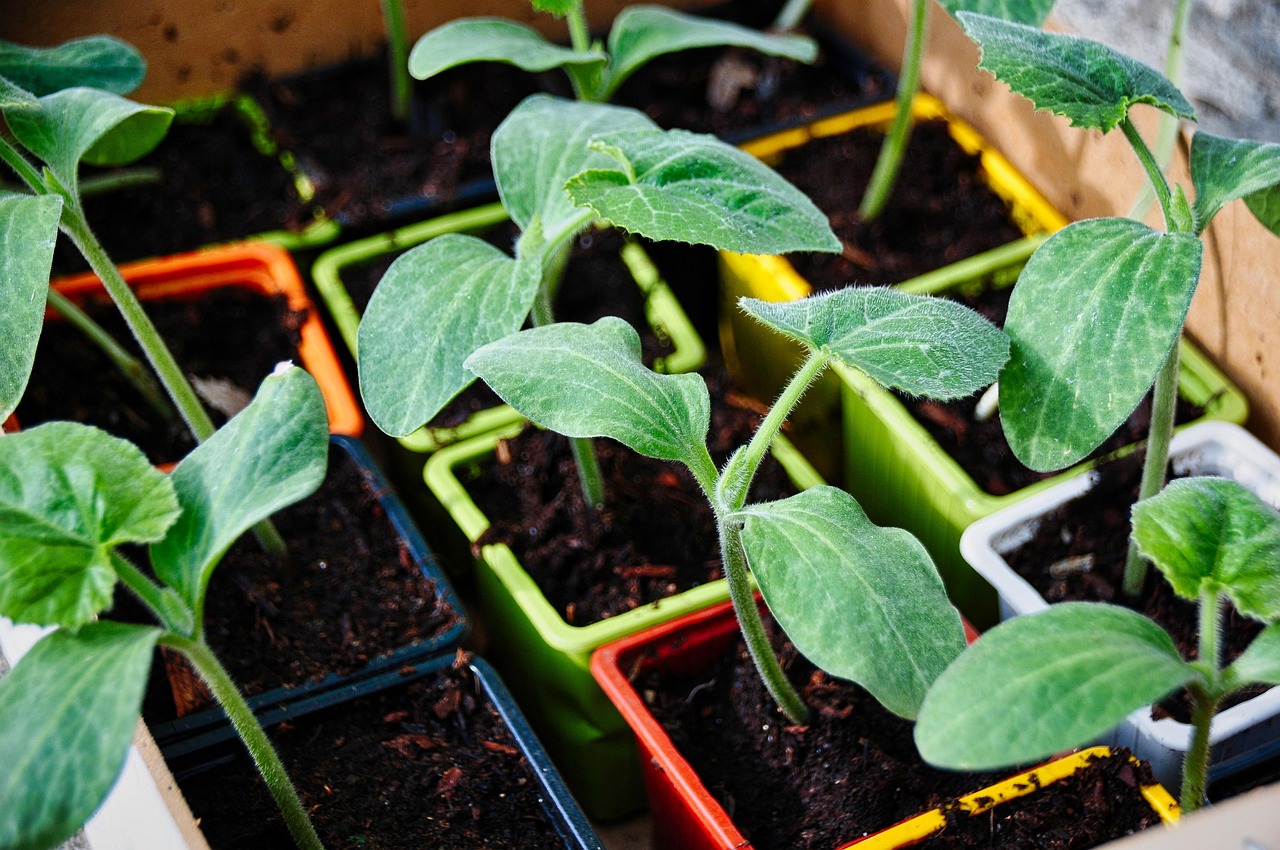Spring time is right around the corner which means it is time to start planning our spring gardens. If this is your first trying your hand at gardening, here are a few beginners tips to get you started and assure your success. Need help deciding what to plant? Check out the 7 Spring Crops to Start Growing in your Spring Garden HERE.
Zones
The first thing you should consider when planning your garden is your hardiness zone. Your zone will determine what grows best in your climate, when the best time to sow and plant your seeds is, if your seeds need to be started indoors. If you are unsure what zone you are in, click the button below to visit the USDA site and find your zone simply by typing in your zip code. The back of most seed packages will tell you when the best time to plant your seeds is based on your zone.
Garden Location
Deciding on the location of your garden is going to play an important role in the success of your crops. This will mostly depend on what you plan to grow. However, most vegetables require full sun so you will want to place your garden somewhere that is not restricted from sunlight. Tomatoes, eggplants, cucumbers, zucchini, corn, beans and peas all thrive in direct sun for example. Broccoli, cauliflower, and leafy greens do well in partial sunlight but are also shade tolerant. If you plan to grow a crop that prefers partial sunlight you could plant pole beans on a garden arch trellis and plant your other crops below it.
Type of Garden
Raised Beds
I love gardening in raised beds. If you plan to go this route, I suggest breaking up the ground before you place your beds down. Then place a layer of cardboard, a layer of medium to small logs, followed by a layer of smaller twigs and leaves. Then you can follow that up with compost and finish with a layer of top soil.
Container Planting
Container planting can be a good option for some things but since it limits the depth at which your roots can grow it is not ideal for crops with deep roots such as carrots.
Tilled Garden
This option is great as you can plant directly into the soil and have as big or as little space as you’d like to plant in. With this however, it is a good idea to test the pH of your soil and make sure it is not to acidic or alkaline for your crops. If your soil is between 6.2-6.8 this is the best range for most plants. If your pH is too low, you can add lime to your soil. Not only will it raise your soils pH but it will also add much needed nutrients to your soil such as calcium and magnesium. With the addition of calcium, this will also help to prevent blossom end rot in your tomatoes.
Decide the Best Time to Start your Seeds
Next up, you are going to want to find out when you need to start your seeds. Most seed packets will include this information on the back of your seed pack based on your zone. If you need help determining where to buy your seeds check out my guide on the top ten seed catalogs here, any of the companies featured in this post would be a great company to order from and also send out free catalogs yearly. The farmer’s almanac is also a great place to read up on this information. You can get your 2024 copy here. You should also read up on your zone and determine if you need to start your seeds indoors or outdoors. If you are going to start them indoors you can purchase a seed starting kit from Amazon which includes everything you need. Another great option are these small greenhouses which will hold all your seeds.
Garden Layout
Another thing I would like to touch base on is companion planting. This is something you will want to take into consideration when planning out the layout of your garden. To start, I like to draw out a simple map of my garden beds and write in the names of what I plan to plant in each one so that I have a visual of my plan. There are some crops that benefit from being planted next to another particular crop. For example, beans add nitrogen to the soil so planting crops that need lots of nitrogen work great next to beans. Some plants high in nitrogen include: potatoes, carrots, corn, celery, strawberries, cucumbers, and peas. Check out the image below from the Farmers Almanac for more examples of crops that do well together.



